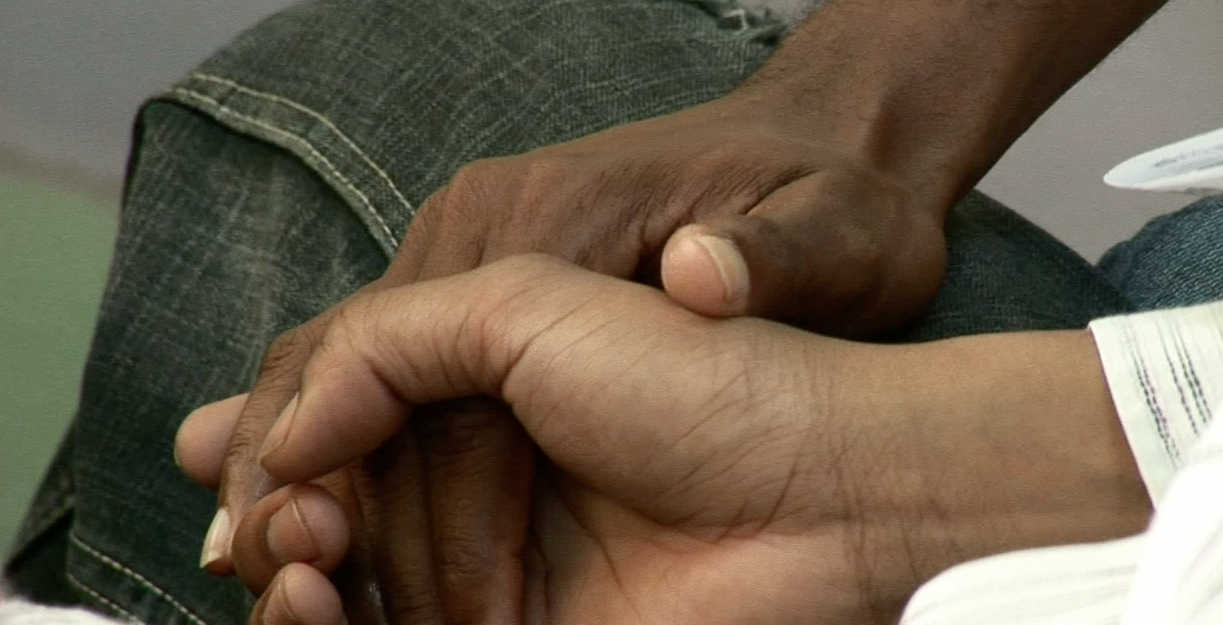
Numbers, statistics and dates are notoriously difficult elements in any television script.
Most people find it hard to catch numbers on the fly. And when it comes to complex statistics, well, let's just say that hearing them as a spoken word makes them even harder to grasp than usual.
So what does it mean when we report that a recent Jamaican government study found that nearly one-third of gay men in Jamaica is HIV positive? Is this a high number or a low one? Is just one isolated study really significant? And how does Jamaica's infection rate in the gay community compare with levels of infection in other countries?
While these questions are too complicated for a six-minute television broadcast, they are more easily addressed in print. So here are seven facts and one extrapolation to help place these figures into context.
Fact # 1: When we say that nearly 32 percent of Jamaica's gay community is infected with HIV, we are referring to a study conducted in 2007-2008 by the Jamaican National HIV Control Program. This study was the very first controlled study of HIV rates in Jamaica's gay community and found a 31.8 percent infection rate among the 201 gay men tested. More than half of the gay men tested were between 20 and 29, and nearly 30 percent of the group reported not using a condom when they had sex during the past month. Eighty percent of the men studied reported having two or more male sexual partners during the past year. And interestingly, 33.8 percent of the total group also reported having sex with at least two female partners in the previous year.
Fact #2: "Controlled study," by the way, means that the researchers linked the anecdotal reports of each individual person studied with their actual blood test. This technique is generally considered a very reliable way to conduct HIV research.
Fact #3: HIV has been infecting people in Jamaica for more than 25 years. The first case of AIDS was identified on the island in 1982, but for several reasons the folks in charge of the national response didn't decide to study how deeply the virus had penetrated the gay community until 2007-2008.
Fact #4: Only one other study of HIV infection rates in Jamaica's gay community has ever been conducted. It was done more than 10 years ago, in 1996, by Rossi Hassad, a graduate of the University of the West Indies and public health researcher. Hassad reported that 31 percent of the gay men he tested were infected with HIV. This study was never officially confirmed or accepted by the Jamaican Ministry of Health.
Fact #5: Based on the results of these two studies –- Hassad's in 1996 and the National Program's in 2008 - – it seems apparent that HIV infection rates have likely been hovering between 31 percent and 32 percent for more than a decade.
A fly-by-night extrapolation: I had to "run the numbers" for myself to begin to understand the implications of these studies for Jamaican society. A conservative estimate used around the world suggests that about 10 percent of the total number of men in Jamaica may engage in homosexual activities. Given a total population of 2.7 million, and a fairly equitable breakdown of the sexes -– let's say 49 percent of the total population — we come up with a total male population of roughly 1.3 million individuals. Dividing by ten percent gives us an estimate of 130,000 gay men in Jamaica. Extrapolating from the Ministry of Health recent study means that 30 percent of this number are infected with HIV, and we arrive at the conclusion that some 39,000 gay Jamaican men may now be infected with HIV. Curiously, this number exceeds the Ministry of Health's current estimate for the total number of HIV cases in all of Jamaica, which is about 36,000 cases. This inconsistency is worth pondering.
Fact #6: The Ministry of Health's finding that 31.8 percent of the gay Jamaican men are infected with the virus that causes AIDS is alarming. However, when it is discussed in reports to international agencies like UNAIDS, the numbers are played down as a "concentrated" epidemic. But what is a "concentrated" epidemic? This term is how public health official now refer to infections within a specific sector of society, as opposed to infection rates in all of society, which is known as a "generalized" epidemic. Concentrated epidemics are now found in gay men, sex workers, handicapped communities, intravenous drug users and prisoners in Jamaica. However, calling these epidemics "concentrated" seems a bit misleading, since members of these "communities" are seldom, if ever, really isolated from rest of the general population. For example, as we saw above, more than one-third of the gay men studied reported having two or more female partners in the previous year. Clearly, the gay men in Jamaica, not to mention sex workers and prisoners, have strong sexual links to the "general population."
Fact #7: Jamaica is not the only country in the world now reporting high HIV infection rates in local gay communities. Recent research on HIV rates in gay communities around the world –- particularly in developing countries –- has found similarly high "concentrated" infection rates. Recent testing in gay populations in Mumbai, India, found a 17 percent infection rate; in Bogotá, Columbia, 20 percent of the gay men tested were infected. Two years ago, Mexico reported a 15 percent infection rate and an older study in Trinidad topped the list by reporting a 40 percent infection rate in the local gay community.
- Document







